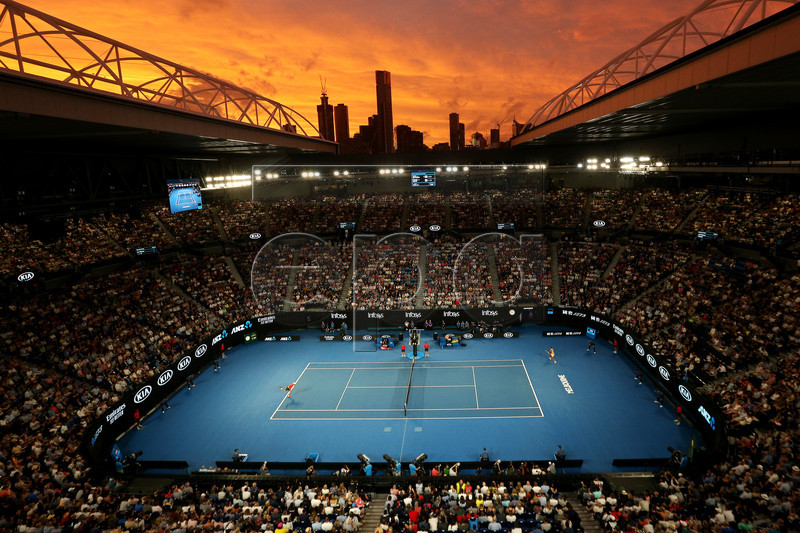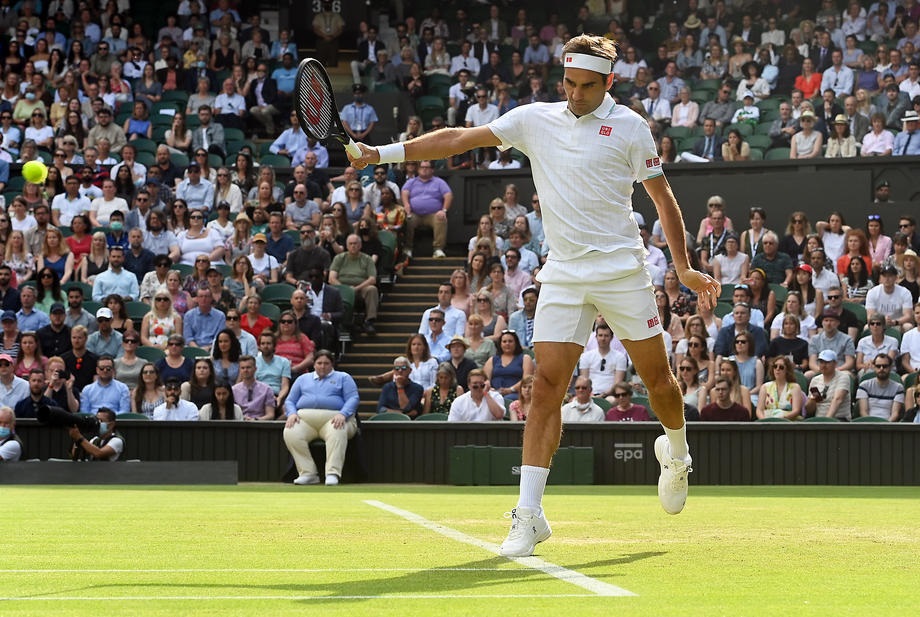- Mubadala Citi DC Open Men’s and Women’s Tennis Draws
- Paris Olympic Tennis Draws and Order Of Play for Saturday, July 27, 2024
- Kitzbuhel Generali Open Draws and Order of Play for Friday, July 26, 2024
- Paris Olympic Tennis Singles and Doubles Draws
- Croatia Open Umag Draws and Schedule for Friday, July 26, 2024
- Atlanta Open Draws and Order of Play for Thursday, July 25, 2024
- Croatia Open Umag Draws and Schedule for Thursday, July 25, 2024
- Laver Cup Tennis 2024 Is in Berlin September 20-22 • Almost all the top men’s players will be playing
- Coco Gauff Named Team USA Flag Bearer for Olympic Games
- Kitzbuhel Generali Open Draws and Order of Play for Wednesday, July 24, 2024
- Croatia Open Umag Draws and Schedule for Wednesday, July 24, 2024
- Atlanta Open Draws and Order of Play for Tuesday, July 23, 2024
- Fils upsets Zverev for Hamburg title, Borges beats Nadal in Bastad
- Kitzbuhel Generali Open Draws and Order of Play for Tuesday, July 23, 2024
- Croatia Open Umag Draws and Schedule for Tuesday, July 23, 2024
Tennis With A Midnight Start? Alix Ramsay Writes About The Ridiculous Timing At The 2019 Australian Open
- Updated: January 18, 2019

Sunset over Rod Laver Arena during the men’s singles third round match between Alex de Minaur of Australia and Rafael Nadal of Spain at the Australian Open Grand Slam tennis tournament in Melbourne, Australia, 18 January 2019. EPA-EFE/HAMISH BLAIR
You have to love the powers that be in tennis: they have principles but, if you don’t like them (and the price is right), they have others.
Much has been made of the decision to restrict the length of the matches with the introduction of tiebreaks in the final set of all grand slam singles matches other than at the French Open. It is for the good of the players. It is to protect their health. It is to ensure that the winner of the five-setter is in a fit state to play his next match.
Is it heck as like.
The main reason we have abbreviated final sets is because television cannot face the thought of another six and half hours of John Isner. Let us be clear here, we are not having a go at Big John. He is a perfectly pleasant man, a hard worker who has made the most of his talent and is still looking for yet more ways to improve at the age of 33. He is a thoroughly good egg all round. But, by the cringe, does he play long matches.
No one can break his serve and he seems to struggle to break anyone else’s. End result? Record breaking matches, two of which have been at Wimbledon: his 11 hour, five minute epic with Nicolas Mahut held over three days in 2010 (it ended 70-68 in the fifth) and the longest ever semi-final against Kevin Anderson last summer, all six hours and 36 minutes of it, that he lost 26-24 in the fifth. That final set alone lasted two hours and 55 minutes.
Anderson was shattered after the encounter and had little but fumes left to fuel him when he took on Djokovic in the final two days later. But the great god television did not really care about that. They just wanted to make sure that their schedules were never again cluttered with six and half hours of two tall blokes battering the life out the ball.
Had the telly people thought that having Big John on a continuous loop would increase ratings, there is no way the scoring system would have been changed. The players are not the driving force in this or any other sport: television dictates the rules.
Now, if tennis was really concerned about the health and wellbeing of their big stars, they would not allow matches to start at well after midnight and end as dawn is approaching. But they’re not and they do.

Johanna Konta of Britain in action during her women’s singles second round match against Garbine Muguruza of Spain at the Australian Open Grand Slam tennis tournament in Melbourne, Australia, 18 January 2019. EPA-EFE/RITCHIE TONGO
On Friday morning, Jo Konta and Garbine Muguruza finally started their second round match at 12.30am. They were on the Thursday schedule but thanks to Kei Nishikori taking almost four hours to beat Ivo Karlovic in the afternoon and Sascha Zverev taking just as long to beat Jeremy Chardy in the evening, everything was running late on that court.
Anyone with half a brain would have realised that Konta and Muguruza were going to take their time to resolve their differences. Their last match was at the U.S. Open and went on for three hours and three sets – their game styles match up well, they both hit the ball big and clean and their battles are decided on a point here or there. This was not a match to put on late in the day.
Only when Zverev was leading Chardy 4-0 in the fifth set did someone think to move the women’s match to another court. How about Court Three? Good idea. Except that the seagulls had got there first. A squabble of seagulls (no, really: squabble is the collective noun for seagulls) had found the court quiet and unoccupied and settled in for the night. To be honest, it was not so much a squabble as a minor disagreement but they had still made an awful mess of the place – there was gull poo everywhere.
Figuring it would take as long to clean up the court as it would for the blokes to finish, both players opted to stick to the original plan and wait for their turn in the Margaret Court Arena.
The players were professional and prepared. They knew they were playing late in the day and had organised their schedules accordingly. When they did finally get on court, Muguruza came out of the traps like a whippet on wheels while Konta was only a fraction of a pace behind her. For two hours and 42 minutes they stood toe to toe with barely a gnat’s nadger between them. Only at the bitter end did Konta waver slightly and did Muguruza see her chance to pounce. The Spaniard won 6-4, 6-7, 7-5.
When they started, there were around 1,000 people in the stands but they soon left in their droves: they had homes to go to, trams and trains to catch and work to go to the next morning. By the time Muguruza was celebrating the winning point, there were barely 100 people left to see it. Well, it was 3:12am by that stage.
How was Muguruza going to celebrate? “I’m going to have breakfast,” she said – and she sounded like she meant it.
“Ideally, I think both of us would have wanted to play earlier,” Konta said. “This is no one’s ideal schedule to play in the wee hours of the morning but we don’t make the schedule unfortunately and we both dealt with the same challenge.
“It’s not ideal for anyone [to start a match at that time], I don’t think it’s ideal for anyone to do any physical activity when it’s bedtime but it is what it is and both of us were in the same boat.”
Except that Muguruza’s boat may well run aground now. With the best will in the world, she would not have got back to her hotel before 4am. She needed to warm down, eat, drink, have treatment and/or massage and then wait until the adrenaline that had got her over the finish line ebbed away. If she got to sleep before 7am, it would have been a miracle.
Meanwhile, Muguruza’s next opponent, Timea Bacsinszky, rattled past Natalia Vikhlyantseva in straight sets and was finished by mid-afternoon. She spent her day off on Friday getting ready for the third round; Muguruza spent her day off playing catch up.
But it did not matter: TV had two Europeans playing in a good European time slot (they started just after lunchtime back in the frozen north) to sell to the European broadcasters. Player health and wellbeing? Don’t be daft.
“There is no way to train for that, I don’t think,” Maria Sharapova said of starting a match a long past midnight. “If you ask any player that goes into this tournament how many times they have trained after midnight, unless you’re jet lagged or just crazy.
“You don’t train for that; that’s kind of like a survival thing. You just have to get it done. I know because I played a late one, not as late, but we had asked about a possible court change, and that was from the beginning, I know, because of the ticket sales.
“So there is a business component which we have to understand, but I think from a tournament perspective, I think there needs to be flexibility, because no one is interested in seeing two top-notch athletes going out on the court after midnight.”
So money talks and the players just have to lump it. We should have known.






